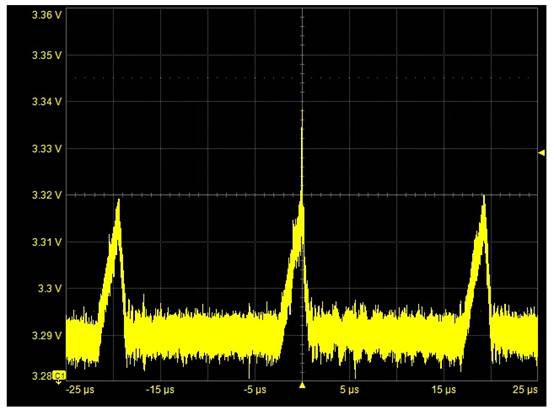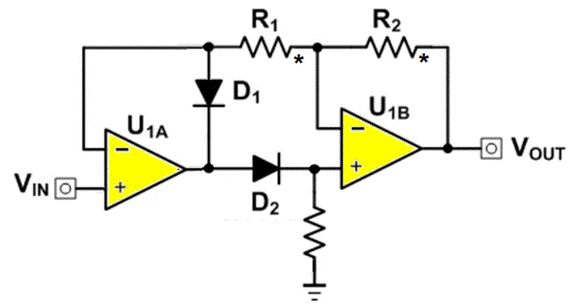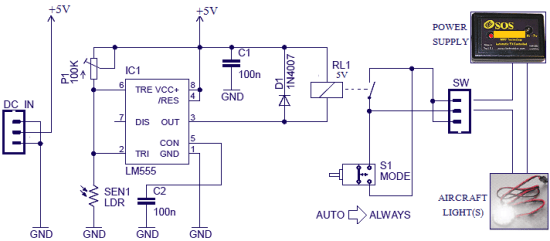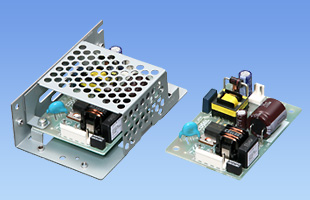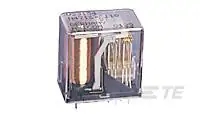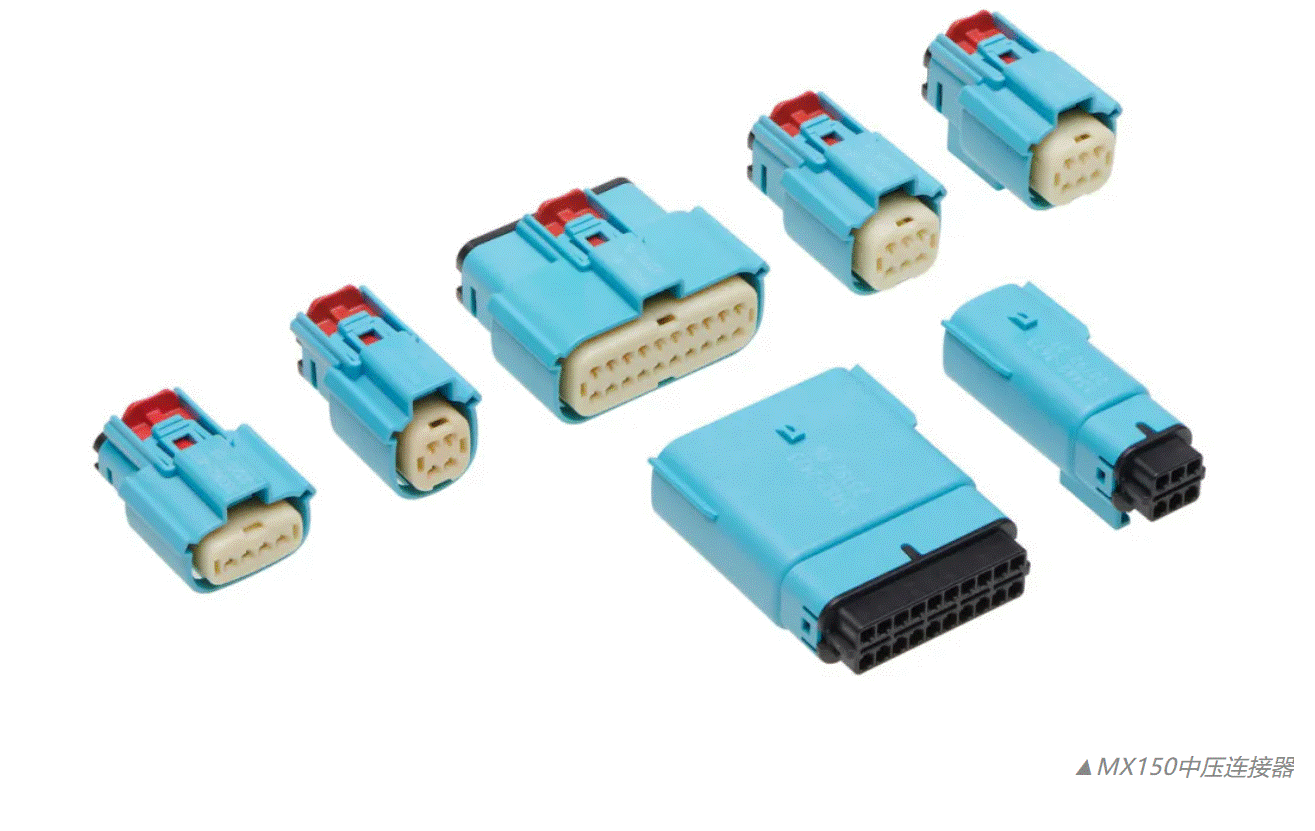上文经过调试TIM1遇到了一些问题,深化了解了stm32F407的复用功用。网上撒播的许多材料都是cortex-M3的,现在都M4了,观念天然得跟上,一味照搬没有自己的考虑是不可的。记住我最早的调试的程序便是串口USART,刚下手嘛,就网上找了个例程,例程对IO复用是这么写的:
RCC_APB2PeriphClockCmd(RCC_APB2Periph_GPIOA | RCC_APB2Periph_GPIOB | RCC_APB2Periph_AFIO | RCC_APB2Periph_USART1, ENABLE); //翻开复用时钟
GPIO_InitStructure.GPIO_Pin = GPIO_Pin_9;
GPIO_InitStructure.GPIO_Mode = GPIO_Mode_AF_PP; //PA9 作为 US1 的 TX 端,翻开复用,担任发送数据
GPIO_Init(GPIOA , &GPIO_InitStructure);
GPIO_InitStructure.GPIO_Pin = GPIO_Pin_10;
由于M4没有复用时钟功用,故复用功用翻开如下:
GPIO_PinAFConfig(GPIOC, GPIO_PinSource6 |
程序下载下去,发现只能发送而不能接纳数据!!百思不得其解,由于网上USART都是这么写的!调试了一天无果而终。
直到昨日调试TIM1犯错后深究其因,找到了固件库函数的最底层才发现问题的地点,也忽然想到了最初usart的接纳功用为什么用不了,也对M4的复用功用有了深化的了解。不敢独享,先共享出来。
1.m3有复用功用时钟,复用IO时有必要翻开复用时钟RCC_APB2PeriphClockCmd( RCC_APB2Periph_AFIO, ENABLE);而M4就没有这一项,取而代之的是GPIO_PinAFConfig();并且运用时不能经过与元算符“|”来装备多个IO,这一点检查GPIO_PinAFConfig()函数界说就可知道。
2.m3只需翻开了AFIO复用时钟,就装备好了IO复用功用,相应IO能够设置为AF_PP、IN_FLOATING、OUT,但是在M4里,GPIO_PinAFConfig()敞开后,相应IO有必要设置为“AF”,只要这样才干真实复用IO。
USART6串口程序(查询和中止)如下:
#include
uint16_t usart6_get_data;
void GPIO_Config(void);
void USART_Config(void);
void USART6_Puts(char * str);
void NVIC_Config(void);
void Delay(uint32_t nCount);
main()
{
GPIO_Config();
USART_Config();
NVIC_Config();
while (1)
}
void GPIO_Config(void)
{
GPIO_InitTypeDef GPIO_InitStructure;
RCC_AHB1PeriphClockCmd(RCC_AHB1Periph_GPIOG , ENABLE);//使能GPIOG时钟(时钟结构拜见“stm32图解.pdf”)
GPIO_StructInit(&GPIO_InitStructure);
GPIO_InitStructure.GPIO_Pin = GPIO_Pin_6;
GPIO_InitStructure.GPIO_Mode = GPIO_Mode_OUT;
GPIO_InitStructure.GPIO_Speed = GPIO_Speed_50MHz;
GPIO_Init(GPIOG, &GPIO_InitStructure);
}
void USART_Config(void)
{
GPIO_InitTypeDef GPIO_InitStructure;
USART_InitTypeDef USART_InitStructure;
USART_ClockInitTypeDef USART_ClockInitStruct;
RCC_APB2PeriphClockCmd(RCC_APB2Periph_USART6, ENABLE); //敞开USART6时钟
RCC_AHB1PeriphClockCmd(RCC_AHB1Periph_GPIOC, ENABLE);
GPIO_PinAFConfig(GPIOC, GPIO_PinSource6, GPIO_AF_USART6);//这相当于M3的敞开复用时钟?只装备复用的引脚,
GPIO_PinAFConfig(GPIOC, GPIO_PinSource7, GPIO_AF_USART6);//
GPIO_StructInit(&GPIO_InitStructure);
GPIO_InitStructure.GPIO_Pin=GPIO_Pin_6;
GPIO_InitStructure.GPIO_Mode=GPIO_Mode_AF;
GPIO_InitStructure.GPIO_Speed = GPIO_Speed_50MHz;
GPIO_Init(GPIOC,&GPIO_InitStructure);
GPIO_InitStructure.GPIO_Pin=GPIO_Pin_7;
GPIO_InitStructure.GPIO_Mode=GPIO_Mode_AF;
GPIO_InitStructure.GPIO_Speed = GPIO_Speed_50MHz;
GPIO_Init(GPIOC,&GPIO_InitStructure);
USART_StructInit(&USART_InitStructure);
USART_InitStructure.USART_BaudRate =115200;
USART_InitStructure.USART_WordLength = USART_WordLength_8b;
USART_InitStructure.USART_StopBits = USART_StopBits_1;
USART_InitStructure.USART_Parity = USART_Parity_No;
USART_InitStructure.USART_HardwareFlowControl = USART_HardwareFlowControl_None;
USART_InitStructure.USART_Mode = USART_Mode_Rx | USART_Mode_Tx;
USART_Init(USART6, &USART_InitStructure);
USART_ClockStructInit(&USART_ClockInitStruct);
USART_ClockInit(USART6, &USART_ClockInitStruct);
USART_ITConfig(USART6, USART_IT_RXNE, ENABLE);
USART_Cmd(USART6, ENABLE);
}
void NVIC_Config()
{
NVIC_InitTypeDef NVIC_InitStructure;
NVIC_PriorityGroupConfig(NVIC_PriorityGroup_1);
NVIC_InitStructure.NVIC_IRQChannel = USART6_IRQn;
NVIC_InitStructure.NVIC_IRQChannelPreemptionPrio
NVIC_InitStructure.NVIC_IRQChannelSubPriority = 0;
NVIC_InitStructure.NVIC_IRQChannelCmd = ENABLE;
NVIC_Init(&NVIC_InitStructure);
}
void USART6_Puts(char * str)
{
}
void Delay(uint32_t nCount)
{
}
中止服务函数如下:
void USART6_IRQHandler(void)
{
}



